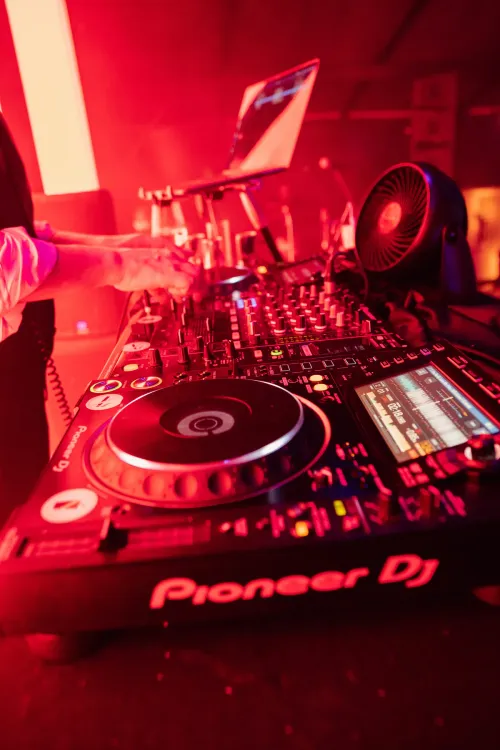Whether you're totally new to DJing or have loads of experience but haven't yet ventured outside of the digital side of the skill, it's worth understanding the traditional tools of the craft and how they work, even if you never plan to mix vinyl.
To give a simple analogy, think of a record player like a piano, a CDJ or XDJ like a standalone synthesiser, and a digital controller like a MIDI interface. Just as learning music theory and piano is not a prerequisite to using a MIDI keyboard to create a catchy melody in a DAW, you can perform headline sets without learning to spin wax - but if you do, the skills translate really well into the digital space, and in my opinion will give you the best possible foundation upon which to build your skills. In the same way that most great producers are also pretty solid piano players, most great DJs can and do mix vinyl (not to be confused with mixing down).
In short, you don't have to learn to mix records to be a 'real' DJ (regardless of what your uncle might tell you), but it's a great skill to have. All modern DJing has its roots in records, and the vast majority of digital DJ platforms emulate turntables in some way, so at the very least, you should understand how they work.

Is Turntable just another word for Record Player?
The traditional DJ setup comprises three parts: two turntables and a mixer. Often, the terms 'Turntable' and 'Record Player' are used synonymously, and it's made more confusing by the fact that all record players have a turntable, but to keep it simple, record players often have these distinctions:
- Record players usually have a built-in preamp, so you can plug a record player directly into your speakers and get an audible signal. Some models even have speakers built in.
- Record players are designed to be used out of the box, often standalone, and generally will have minimal options for customisation or upgrades.
- Record players are usually built to optimise sound output quality. This means a belt drive or idler drive to minimise vibrations.
- Record players usually won't have the controls you need to manipulate playback speed with any granularity.
In contrast, turntables can be identified using these features:
- Turntables typically do not have amplification built in. Usually, you will need a mixer, or at the very least a preamp, to get audible output.
- Cheaper turntables may use a belt drive, but most DJ-focused products will be directly driven.
- Turntables are designed to work as part of a setup; this might be a hi-fi stack or the standard DJ configuration with a mixer.
- Turntables generally offer significant upgradability, letting you change the sound, feel and functionality to suit your use case and needs.
Note that in all of these cases, we use the term generally. As with all definitions, there are plenty of exceptions. It's not a hard and fast rule. Plenty of devices sit between these definitions and offer a combination of aspects from both. It's a continuum rather than two neat boxes, but you'll find available options lean towards one set of features for the listening experience and another for DJing, with some overlap.

So, what is a Turntable?
A turntable is made up of three key components. They are:
- The plinth, which is the stationary base of the unit
- The platter, which is the part that spins the record
- The tonearm, which houses the stylus, which moves across the surface of the disc to produce sound
All turntables have all these parts, though they may look drastically different between models. There are some other important parts you'll generally see too:
- A start/stop button for starting and stopping the platter
- 33/45rpm selector for dictating the records' playback speed. You may see a 78rpm option for older 10-inch records, but it's rare.
- A 7-inch adapter for singles with larger holes and a place to store it
Turntables designed for DJing will also include:
- A pitch fader for increasing and decreasing the velocity of the record
- Either a reset button or a groove at the centre of the fader to return speed adjustment to 0%
- Often, but not always, buttons to change the range of speeds the fader will select between, generally up to +/-16%, but sometimes as high as +/-50% on Turntables with ultra pitch
And to varying extents, you'll likely see the following components on at least some models:
- Platter dots, or speed indicators, around the edge of the platter and a small built-in strobe for calibration
- A cueing lamp, which illuminates the needle placement area of the record, for use in a dark DJ booth
The specific feature set you need will depend on your preferences and your desired goals. Often, beginners will think they need a turntable that does all these things, then see how expensive those models are, and avoid buying one altogether. So, to be clear, a turntable does not need all of these features to be good.








